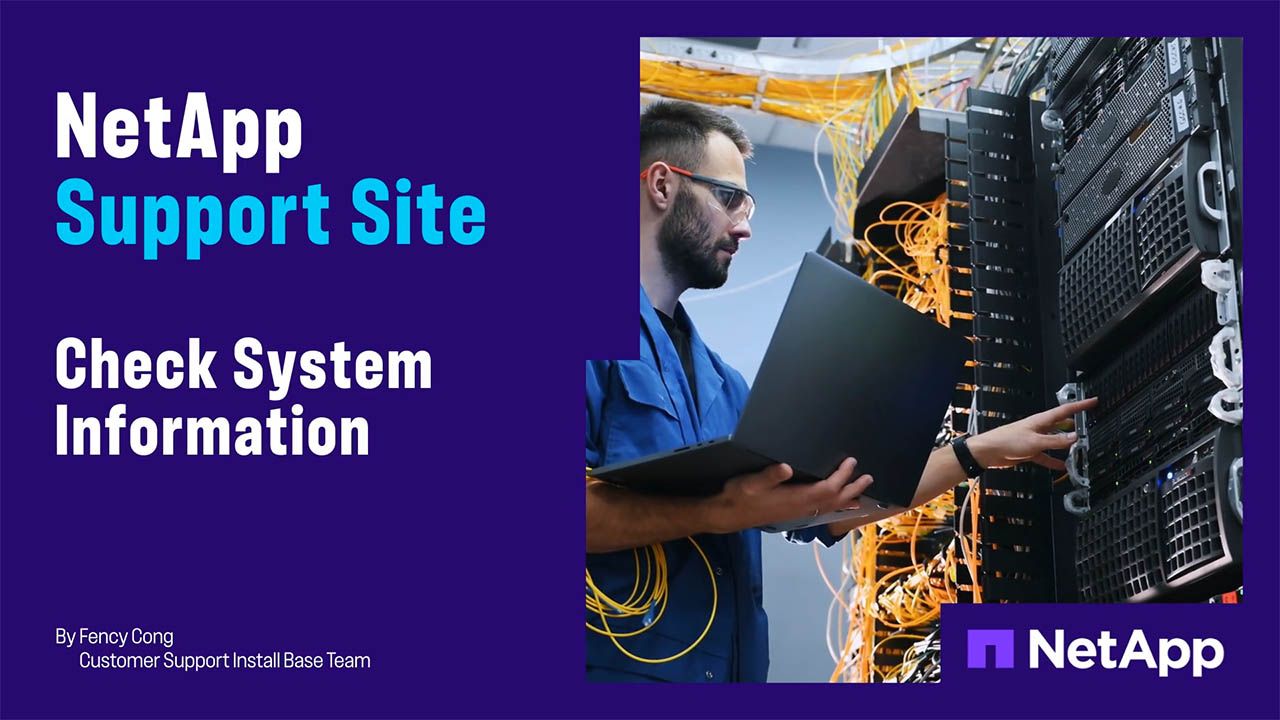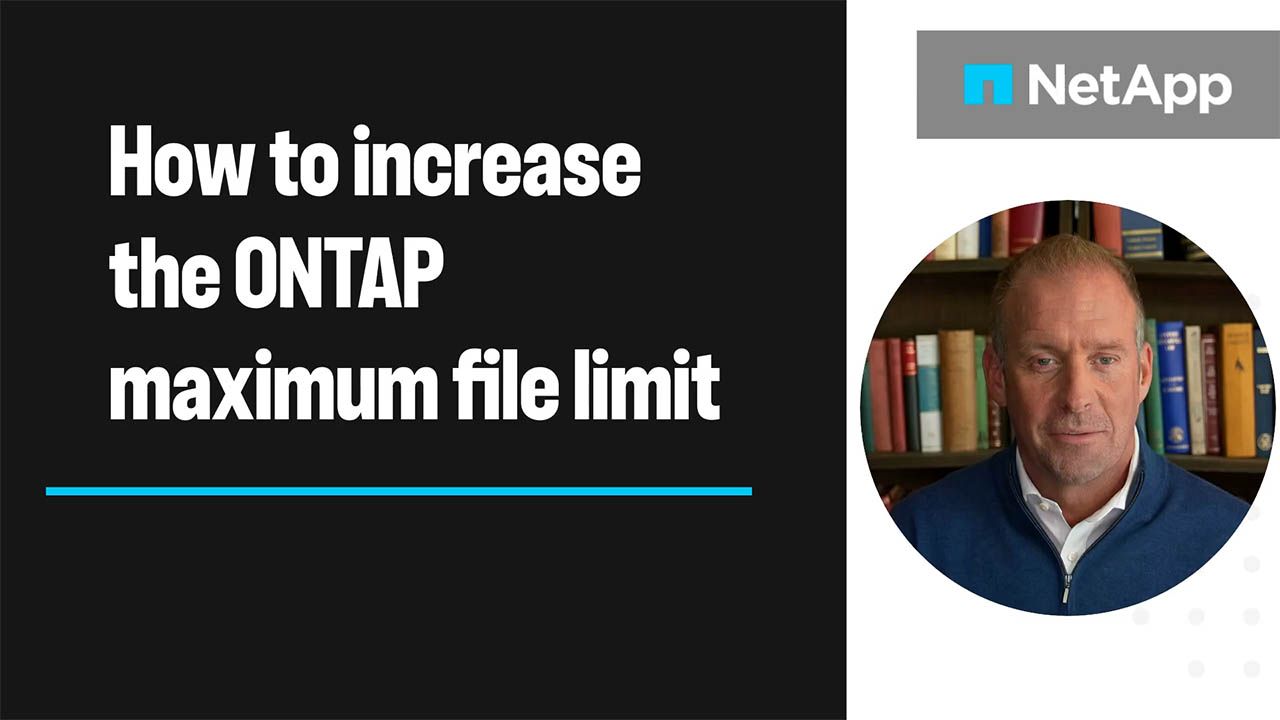Deep Learning (DL) is the subfield of Artificial Intelligence (AI) that focuses on creating large neural network models capable of data-driven decisio ...read more
In the first post of our series, we explored the AI/ML workflow through the lens of a Medallion Data Architecture. We explained our rationale to ident ...read more
The new SSD capacity decrease capability of FSx for ONTAP Gen-2 file systems, transforms high-performance storage workloads management on AWS, offerin ...read more
I'm excited to kick off a new blog series called Back to Basics (B2B). The goal is to revisit fundamental concepts that often slip through the cracks ...read more
Blog Activity
More
Public















